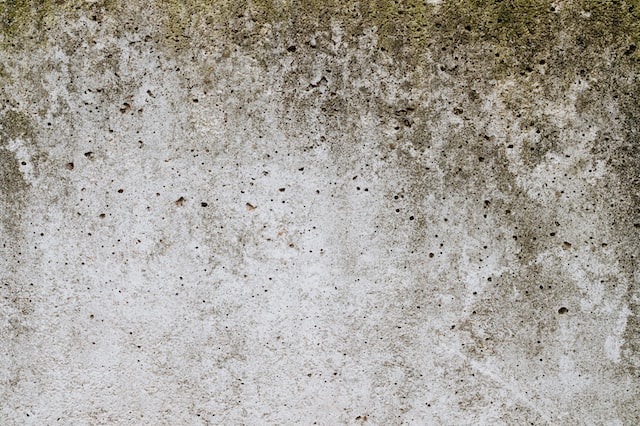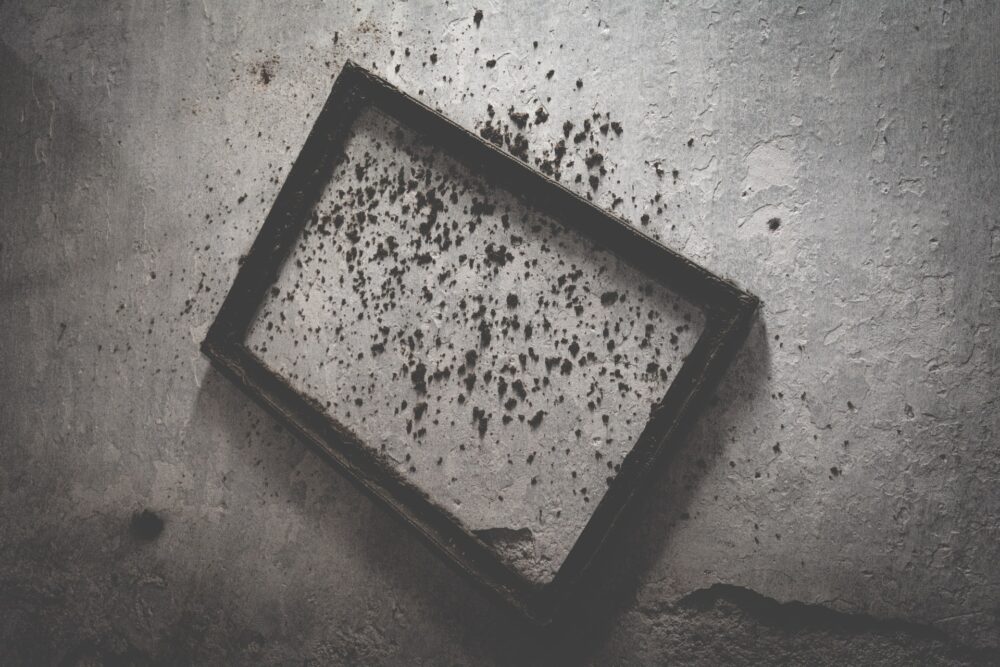Black mold can be a very bad thing to have, but it isn’t impossible to get rid of it if you know how to do it. This article will cover the different steps to take in order to get rid of it. You’ll learn about how long it takes for black mold to grow and also how to treat it, if necessary.
Ventilation can slow down mold growth
When you’re trying to keep your home safe from mold, one of the best ways to do it is to get your air conditioner and heating systems to work. However, the real key is to find a way to control the moisture that lingers in your home.
The moisture in the air can be reduced by installing a dehumidifier. In addition, keeping your house at a comfortable temperature helps prevent condensation.
Aside from humidity, you can also slow mold growth by controlling the flow of air. This can be accomplished by using an exhaust fan to vent outside, allowing fresh air to circulate. If you are using an AC, you should make sure that the ridge and soffit vents are free of obstructions.
Another tip is to turn your clothes dryer vents to the outside. You should also keep your windows open to allow for fresh air to flow into the room.
Another helpful way to keep your house a healthy living space is to install a humidity monitor. Your home’s moisture content should be within a range of 40 to 60% year round.

Also, consider having your furnace and air conditioning system checked by a professional to ensure they’re running efficiently. It’s a good idea to have your attic inspected as well. Water leaking from your roof can lead to the formation of mold.
Exposure to black mold can cause allergic reactions
Black mold is a type of mold that can cause allergic reactions. Symptoms of exposure include nasal congestion, wheezing, coughing, itchy eyes, and more. If you experience these symptoms, you should consult a physician immediately. The symptoms usually appear within two to nine hours after exposure.
A skin prick test can be used to diagnose your allergy. It is a simple procedure where a nurse applies drops of allergen to your arm with a lancet. He or she then checks your skin for a reaction after 15 minutes. This can help you determine your level of sensitivity and find out if you have a mold allergy.
A blood test can also be used to detect allergies. An allergist can perform this type of test.
You should contact your doctor if you have symptoms of black mold allergy. Your health care provider can then order a test. They will also ask you about your medical history and what you have eaten.
Mold can grow on many surfaces, including wood, dirt, and paper. To control exposure, you should clean up any visible mold in your home and keep the humidity level at 50% throughout the day.
Some people can also develop allergic bronchopulmonary aspergillosis after exposure to mold. In these cases, the immune system overreacts when exposed to mold spores.
Treatment for black mold
Black mold is a noxious, toxic fungus that grows in dark, moist areas. It’s often found in water-damaged buildings and can cause serious health complications if it’s allowed to grow. If you are experiencing a musty smell in your home, you may have a hidden black mold infestation.
The health risks associated with mold vary by person and the amount of time you spend in the home. Children are more susceptible to the negative effects of black mold exposure. Those with respiratory ailments or weak immune systems are also at risk.

Fortunately, there are ways to mitigate the health hazards of living in a mold-infested home. You can use ventilation, a dehumidifier, or a fan to dry out the affected areas. To make sure the air is fresh, consider installing an air purifier.
If you suspect a mold problem, you can use a flashlight to spot the culprit. However, only lab tests can confirm the presence of black mold.
A mold remediation professional can remove the spores from your home, thereby reducing the risk of health complications. In addition, they have the tools and know-how to get the job done right.
To help prevent black mold growth, you should periodically inspect your home for possible entry points. Specifically, look for places where your pipes or ducts are exposed. Once you locate these, seal them off.
